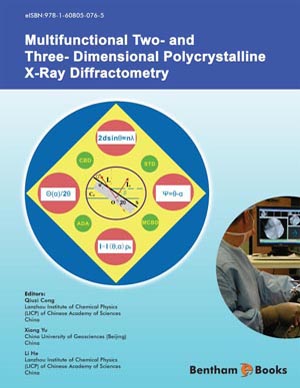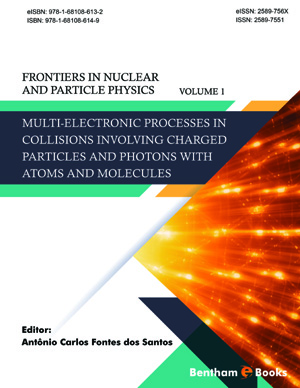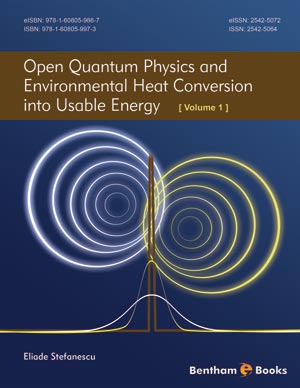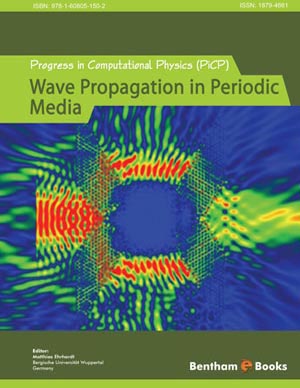Abstract
REVIEW AND DEVELOPMENT
The texture/orientation analysis concerns the density distribution of crystallites with orientations. Orientations of crystallites affect their diffracted intensities in direction. It can be directly determined by 2D/3D X-ray techniques, based on the 2D X-ray diffraction theory.
The following text will be taken into consideration the pole-figure method. Previously, according to [1], textures in the spherical-harmonic analysis were represented by a) preparation of pole figures from X-ray data; b) expansion of the pole figure in a series of spherical harmonics (normalized by Legendre polynomials); c) three sets of coordinates required. In a sample, the orientation of every grain or crystallite can be specified by fixing a coordinate system in the sample (x, y, z) and another in the crystal (X,Y,Z) with respect to the unit cell; in addition, the orientation of a given crystallite is given by rotation angles θ, Ψ and φ which are necessary to align the two systems in a spherical coordinate system. But this is almost impossible for polycrystalline materials; because these materials consist of many crystallites with different shapes, sizes and orientations.....













